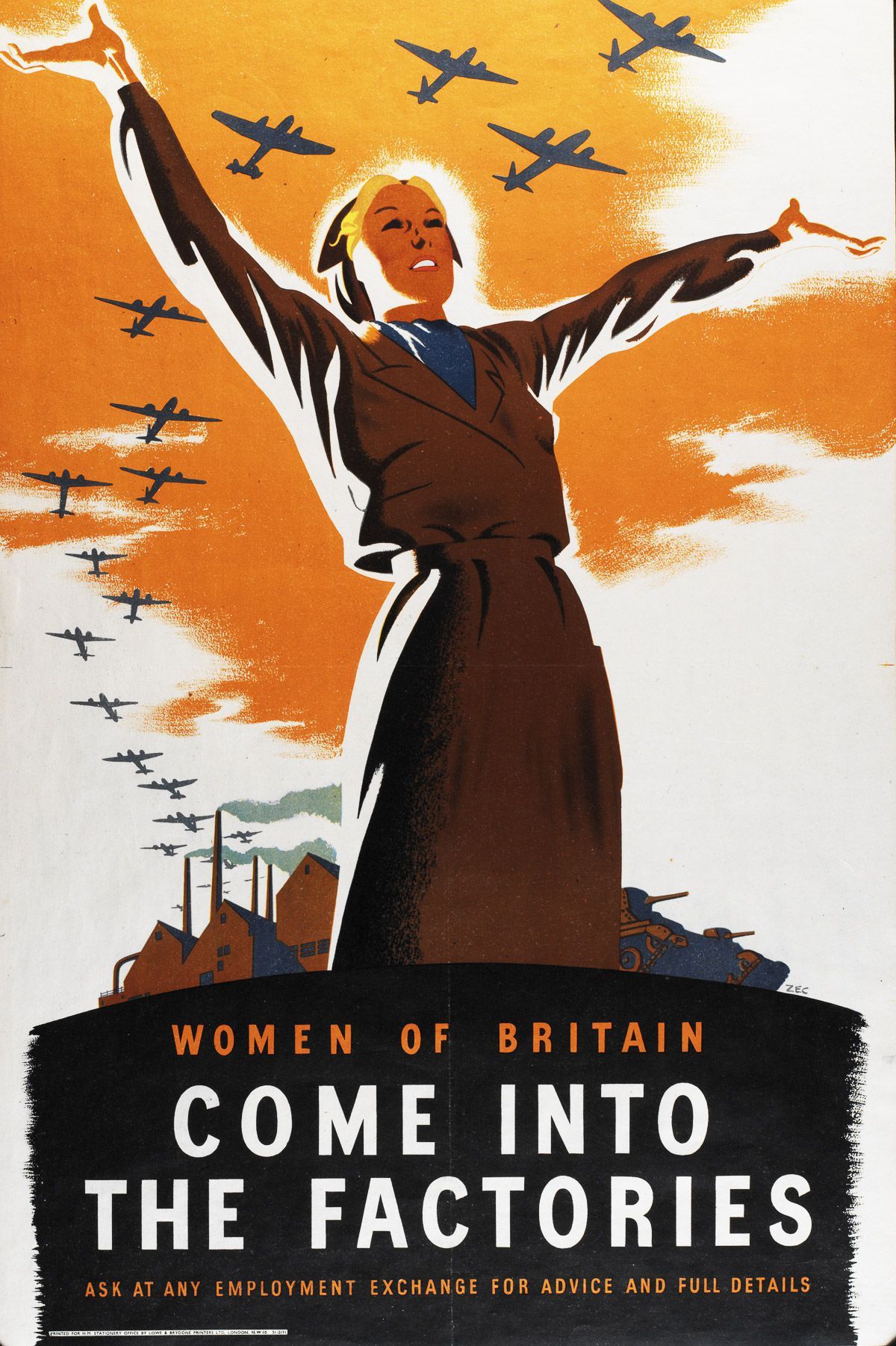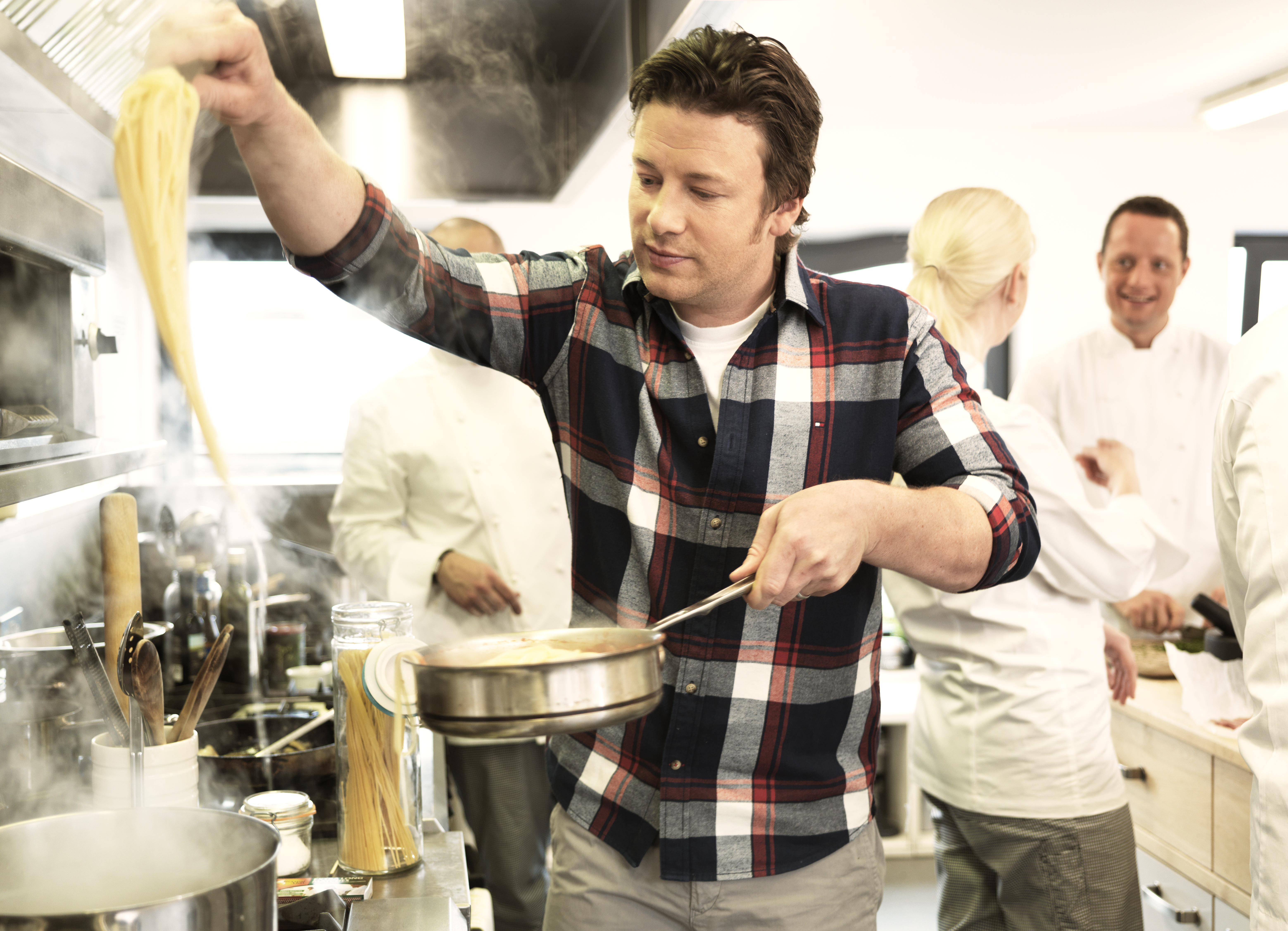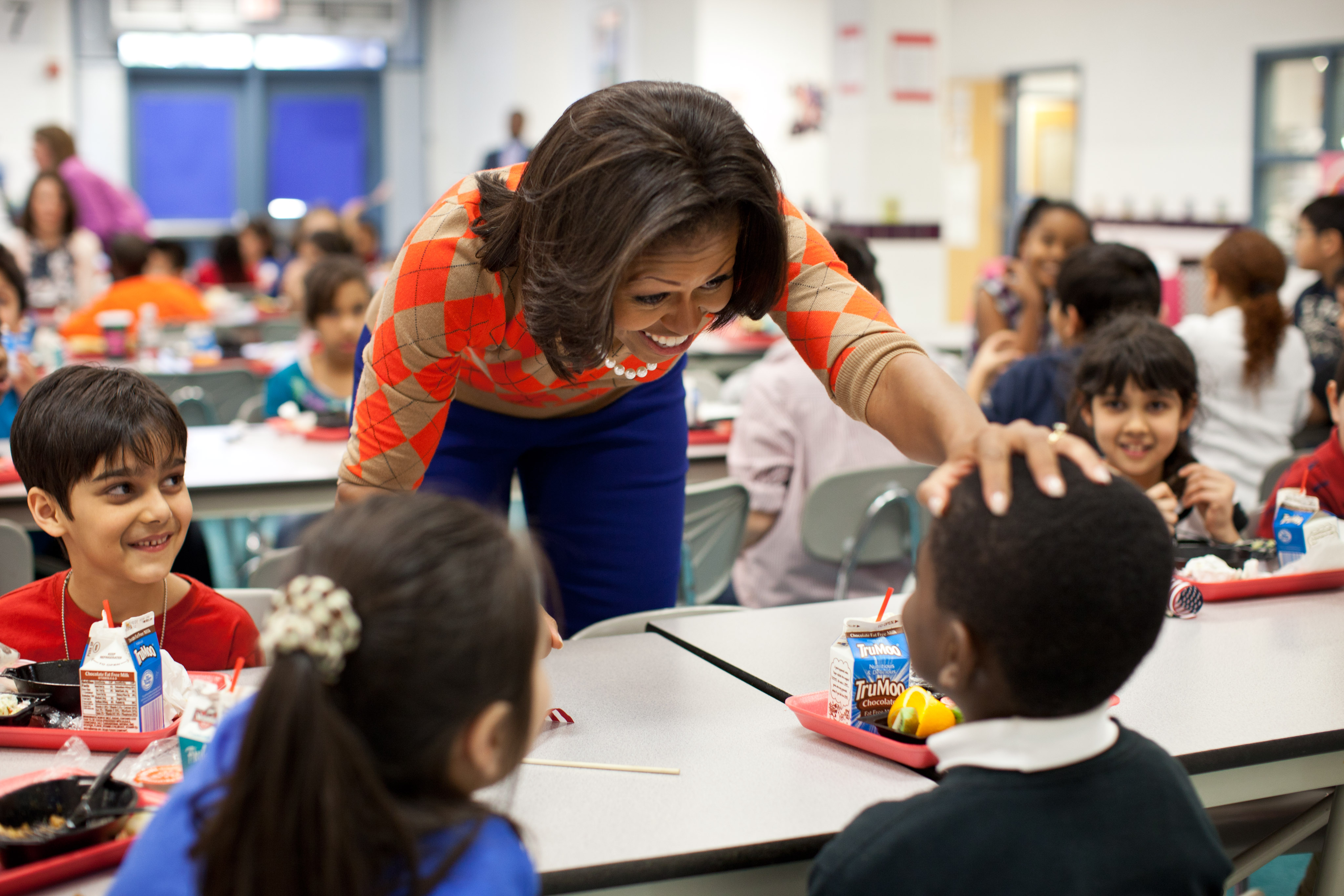Good afternoon from London, everyone! I hope you are staying warm. Even though temperatures are pretty chilly in London, it has been uncharacteristically sunny since I arrived. It hasn’t even rained since being here (fingers crossed for the rest of my time here!!)! Perhaps this is record-breaking? Or perhaps just climate change. Well, that turned down a dark path quickly…
Before talking about my school visit last week, I think it’s necessary to explain some key differences between the English and American schools systems, because they are quite different (by name). For the few weeks, I was utterly confused - public schools are private schools? What? You can be a junior at age 5? Hehe, I was pretty lost!
Here is a video that will help with understanding:
Here is a video that will help with understanding:
[Isn’t she clever? This video was really helpful … after watching it twice. Haha, these are puzzling differences!]
So, now that we have a basic understanding of schools in England, let’s add in another type of educational institution that was not mentioned: Academies.
The Academy: Further complicating the English education system
The academy is only found in England; Scotland, Northern Ireland, and Wales do not have academies. In fact, the United Kingdom’s school districts are pretty different on the whole.
The academy is an independent, state-funded school that is controlled by the central government (in contrast to a local authority, which has historically been more common). Academies are overseen by a charitable entity or private business, such as UBS. Academies first emerged in 2000 as a governmental attempt to revamp the worst-performing schools. It’s not clear what the logic is behind having a private business oversee the worst-performing schools. Perhaps it is based on the logic that the business mindset will improve the efficiency and effectiveness of a school. Or, perhaps it is similar to the charter school movement in America, which was founded on the idea of giving more autonomy and choice to educators and students.
A very important aspect of academies is that they can have different standards than traditional state schools. Or, more accurately, they are not obligated to follow the same standards. Oftentimes, academies do replicate the same standards as state schools - and the curricula mainly look the same. But as you will see with the academy I visited last week, the recent additions to nutrition guidelines do not apply to academies. Academies do not have the same restrictions and standards for school dinners. Does this mean that academies are serving their children french fries, donuts, and burgers all day long? You’ll soon see! ;)
[Without the obligation to follow the Department of Education’s nutritional guidelines, does this mean Jamie Oliver’s arch nemesis, the Turkey Twizzler, could appear in academies?!]
Academies grew in popularity, with a peak in 2010. At its peak, both failing and successful schools were being transformed into academies. Today, academies account for 62% of secondary schools and 15% of primary schools. Regardless of how successful academies are, it is significant to recognize how much money and resources were used to transform nearly 4,500 schools over a ten-year period. While a school’s transformation may not seem to cost much, the Department of Education gave schools £25,000 for transition costs. This was a massive shift in the educational system - but the question everyone wants to know is, do academies work?
The answer to this question has important implications for the future of England’s education system. The government, up until October (not trying to spoil anything), mandated that all state schools must be “academised” by 2022. Depending on how achievement results change, this requirement may or may not be voided.
The effectiveness of academies … it depends on who you ask.
Some people love academies, some don’t. Similar to American charter schools, some academies have greatly improved the educational outcomes of children who had attended failing schools. Some academies have shown lower levels of achievement (as compared to its achievement when it was governed by a local authority) and even corruption (yikes). On the whole, Ofsted (Office for Standards in Education, Children’s Services and Skills) has found that achievement results do not indicate a significant difference in educational achievement.
In October 2016, the Education Bill was revised to omit the conversion requirement. Though they still “encourage” schools to become academies, this message was taken as evidence that academies were not succeeding like the government had expected. Richard Watts, chairman of the LGA’s Children and Young People Board, said, there was “evidence that council-maintained schools perform more highly than academies and free schools in Ofsted inspection.”
Wait, Erin, aren’t you studying school dinners?
Yes, which is why I need to wrap this up! The rise of academies definitely matters in relation to my research project, so I want to make sure that the distinctions in the education system are understood first :) Ok, I am off to go on a walking tour to see London’s street art - see you all later!
[Street art from Camden, a borough of London]























